International
Eastern Canada looks to clean up as storm Fiona calms
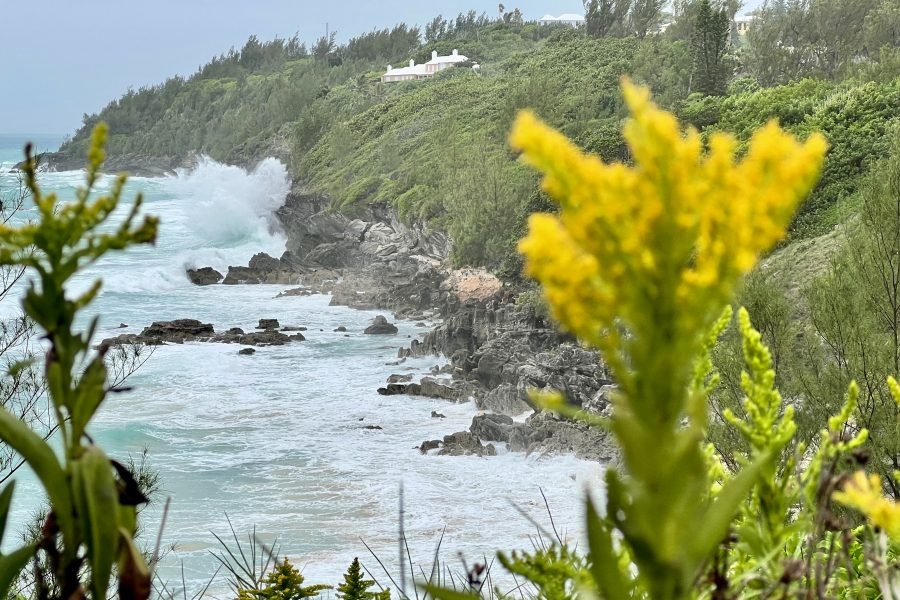
AFP | by Mathiew LEISER
Parts of eastern Canada were waking up to damage from powerful storm Fiona on Sunday, as meteorologists said the worst weather had passed.
The storm tore into Nova Scotia and Newfoundland on Saturday, cutting power to thousands and washing houses into the sea as it brought fierce winds and rains “like nothing we’ve ever seen,” police said.
Two women were swept into the ocean in Newfoundland, the Royal Canadian Mounted Police said. One was rescued, and investigators were looking into the second case.
Mayor Brian Button of Channel-Port aux Basques, on the southwestern tip of Newfoundland, said in a Facebook video Saturday night that at least 20 homes had been destroyed and the community looked like a “total warzone.”
“We’ve got destruction everywhere.”
A boil water order was in effect, Button said, encouraging residents in need to take shelter at a local elementary school.
As of late Saturday afternoon, nearly 500,000 homes were without power across the region as the storm hammered a wide area, felling countless trees and ripping roofs from buildings.
“The power lines are down everywhere,” Erica Fleck, assistant chief of Halifax Regional Fire and Emergency, told CBC. “It’s not safe to be on the roads.”
Although downgraded to a post-tropical cyclone, Fiona still packed hurricane-force winds of 80 miles (130 kilometers) per hour as it first barreled into Canada after earlier battering the Caribbean, according to meteorologists.
By early Sunday, the storm’s maximum sustained winds had slowed to 50 mph, according to the Canadian Hurricane Centre (CHC), with the government forecasting “strong winds” over northern Newfoundland, southeastern Labrador and southeastern Quebec.
“These winds will diminish later today,” the CHC said.
Nova Scotia hard hit
The storm first made landfall in Nova Scotia province around 3 am (0600 GMT), according to the CHC.
By Saturday night, 294,000 households were still without electricity in the province, Nova Scotia Power reported, though repairs had started on some lines.
The utility’s president said outages could last for days.
In New Brunswick, more than 25,000 were still without power while 82,000 customers were without electricity on Prince Edward Island.
“Trees have come down on homes, trees have come down on cars, there’s buildings that have collapsed,” Fire Chief Lloyd MacIntosh in the Nova Scotia town of North Sydney told CBC.
Police in Charlottetown, the capital of Prince Edward Island, posted images of tangles of downed power lines and roofs punctured by felled trees.
“It’s incredible,” said Charlottetown mayor Philip Brown on Radio-Canada TV. “It’s stronger than Hurricane Juan in 2003.”
Nova Scotia Premier Tim Houston said in a statement that “it will take time for Nova Scotia to recover. I just ask everyone for their patience.”
Prime Minister Justin Trudeau, who canceled his trip to Japan for former prime minister Shinzo Abe’s funeral so that he can travel to the affected regions, told Canadians that the “government is standing ready to support provinces with any necessary resources.”
“We’re thinking first and foremost of the people who’ve had a terrifying past 12 hours,” Trudeau said during a press conference Saturday, adding that the country’s military would aid in the recovery effort.
Canada had issued severe weather warnings for swaths of its eastern coast, advising people to lay in supplies for at least 72 hours.
Rainfall of up to 7.5 inches (192 millimeters) was recorded in Nova Scotia, the CHC said, with waves of up to 40 feet (12 meters) hitting Nova Scotia and western Newfoundland.
The CHC said early Sunday the storm had passed Nova Scotia and moved inland to southeastern Quebec, predicting it would continue to weaken as it tracks across southeastern Labrador and over the Labrador Sea.
Puerto Rico struggling
Fiona killed at least four people in Puerto Rico earlier this week, according to US media, while two deaths were reported in the Dominican Republic and one in the French overseas department of Guadeloupe.
President Joe Biden declared a state of emergency in Puerto Rico, a US territory that is still struggling to recover from Hurricane Maria five years ago.
The storm had skirted Bermuda on Friday. No fatalities or major damage were reported.
As the Caribbean licked its wounds, Cuba, Jamaica and Florida were bracing Sunday for the arrival of tropical storm Ian, which is expected to gain power in coming days to reach “at or near major hurricane strength,” the NHC said.
In anticipation of the storm, NASA called off the scheduled Tuesday launch of its historic uncrewed mission to the Moon, and Biden approved a state of emergency in Florida.
Central America
Mexico and Guatemala launch joint security operation after Agua Zarca border attack
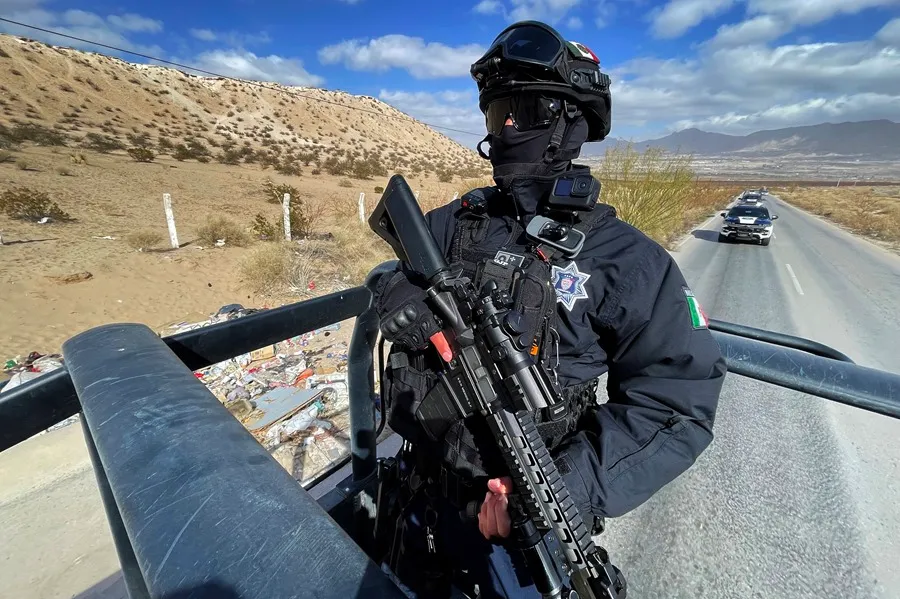
The Government of Mexico announced on Tuesday that it has strengthened coordination with Guatemala following an armed confrontation in the community of Agua Zarca, in Guatemala’s Huehuetenango department, where a soldier was wounded in an attack attributed to organized-crime groups operating on both sides of the border.
The Secretary of Security and Citizen Protection, Omar García Harfuch, confirmed that Mexico is exchanging information with Guatemalan authorities and that Mexican Army units have been deployed along the border to reinforce surveillance and assist in reconnaissance operations.
The attack, Guatemala’s Defense Ministry stated, reflects the “criminal dynamics” dominating that border region, where different groups compete for drug and arms trafficking routes.
According to Guatemala’s Defense Ministry, the clash left a soldier wounded in the leg after suspected criminals crossed from Mexico and opened fire. The wounded soldier is reportedly in stable condition. Authorities also seized high-caliber weapons, explosives, tactical gear and drones, which were handed over for forensic analysis.
Mexican Defense Secretary General Ricardo Trevilla Trejo announced that a coordinated plan of operations will be launched involving both Mexican and Guatemalan forces along the border to counter these criminal networks.
Harfuch emphasized that the violence is not isolated but symptomatic of the ongoing struggle between criminal organizations for territorial control, and reiterated Mexico’s commitment to bilateral security cooperation and its intention to strengthen institutional presence in vulnerable border zones.
International
Zelensky meets Pope Leo XIV as review of U.S. peace plan continues
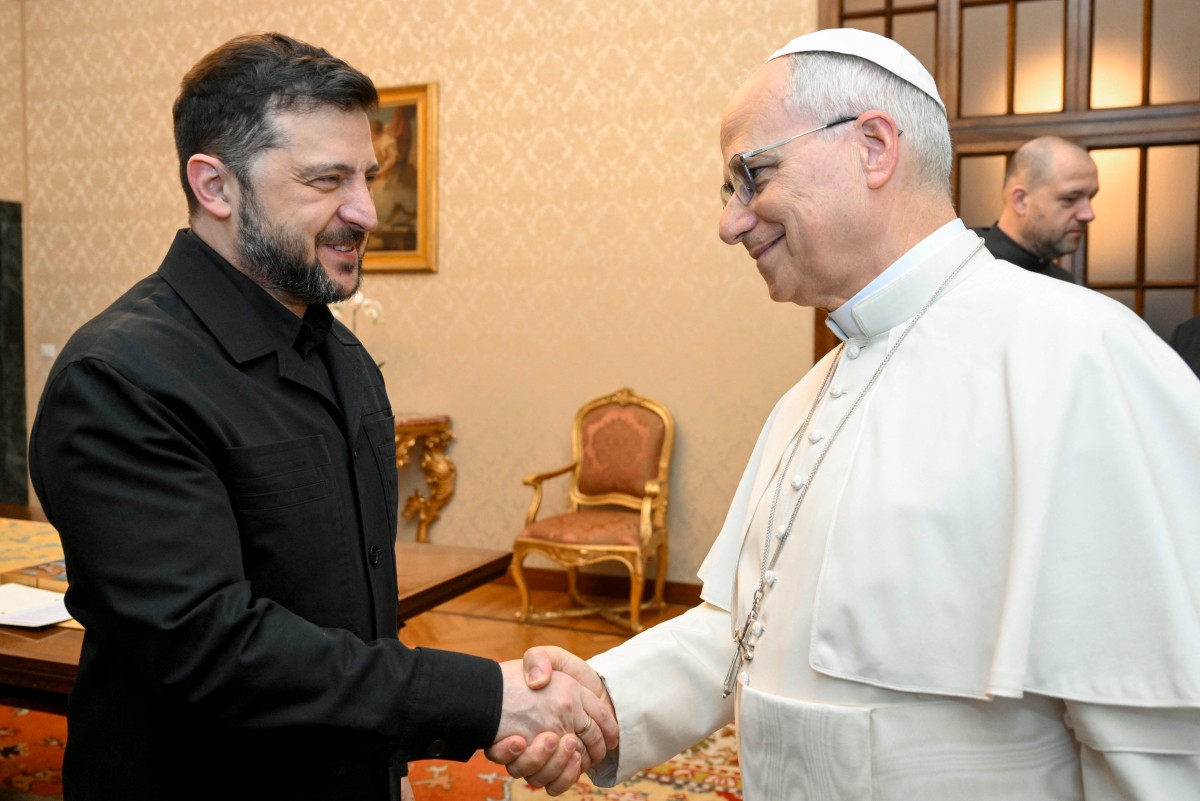
Ukrainian President Volodymyr Zelensky met on Tuesday with Pope Leo XIV in Italy, after pledging to deliver a response to the United States regarding the proposed peace plan aimed at ending the war with Russia.
The meeting with the pontiff took place at the papal residence in Castel Gandolfo, near Rome, where Leo XIV “reiterated the need to continue dialogue and renewed his urgent hope that the ongoing diplomatic initiatives may lead to a just and lasting peace,” the Vatican said in a statement.
His visit to Italy follows Monday’s meetings with European leaders in London and Brussels, amid pressure from U.S. President Donald Trump to agree to a peace plan that Zelensky said he is still reviewing.
According to Zelensky, the plan presented by Washington—originally consisting of 28 points—was reduced to 20 after discussions between Ukrainian and U.S. representatives over the weekend. “We are going to work on those 20 points. We are not completely satisfied with the proposals from our partners,” Zelensky said during an online press conference on Monday.
International
Japan lifts tsunami alert after strong 7.6-magnitude earthquake hits northern coast
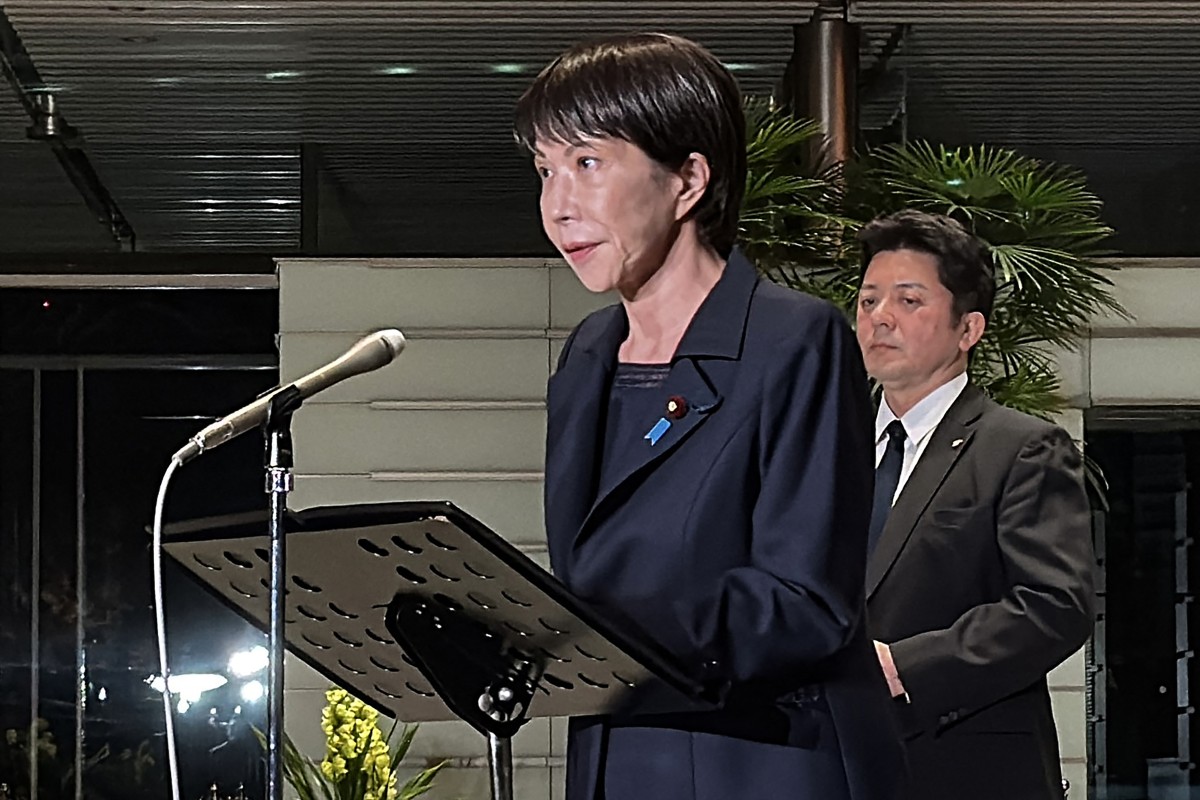
A powerful 7.6-magnitude earthquake struck Japan’s northern coast on Monday, triggering several tsunami waves of up to 70 centimeters, authorities said. The tsunami alert was lifted in the early hours of Tuesday.
According to the U.S. Geological Survey (USGS), the quake occurred at 11:15 p.m. local time (14:15 GMT) off the coast of Misawa, at a depth of 53 kilometers. Japan’s Meteorological Agency (JMA) immediately issued a tsunami warning. The first wave reached a port in Aomori Prefecture at 11:43 p.m. (14:43 GMT), followed by others measuring up to 70 centimeters.
Public broadcaster NHK reported that an employee at a hotel in the city of Hachinohe confirmed that several people were injured. Live footage showed shattered glass scattered across roads, while many residents evacuated to the city hall seeking shelter.
The strong tremor was also felt in Sapporo, where emergency alerts were sent to residents’ mobile phones. A reporter in Hokkaido described a horizontal shaking that lasted around 30 seconds, making it difficult to stay standing.
Before the alert was lifted, the JMA had warned of the possibility of tsunami waves up to three meters high along Japan’s Pacific coast. Government spokesperson Minoru Kihara urged residents to remain in safe areas until the warning was officially lifted.
-
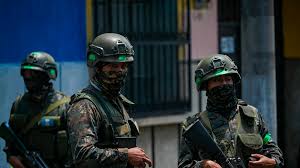
 Central America1 day ago
Central America1 day agoGuatemalan soldier wounded in clash with suspected mexican armed group near border
-

 International5 days ago
International5 days agoCatalonia’s president calls for greater ambition in defending democracy
-
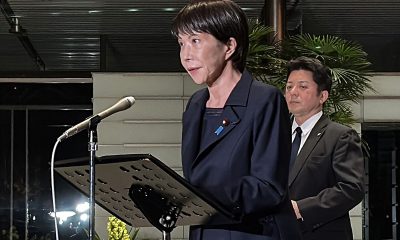
 International1 day ago
International1 day agoJapan lifts tsunami alert after strong 7.6-magnitude earthquake hits northern coast
-

 Central America4 days ago
Central America4 days agoHonduras vote vount drags on as Asfura and Nasralla remain in technical tie
-

 International4 days ago
International4 days agoFive laboratories investigated in Spain over possible African Swine Fever leak
-
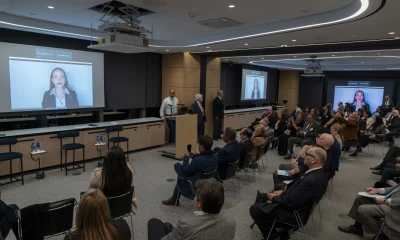
 International5 days ago
International5 days agoMaría Corina Machado says Venezuela’s political transition “must take place”
-

 Central America1 day ago
Central America1 day agoGuatemala reverses asset seizures after judge replacement, benefiting ex-president and former ministers
-
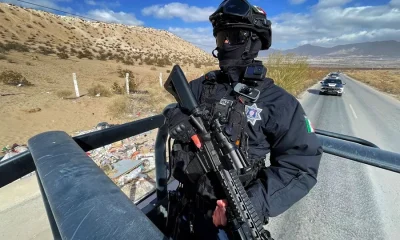
 Central America16 hours ago
Central America16 hours agoMexico and Guatemala launch joint security operation after Agua Zarca border attack
-

 International1 day ago
International1 day agoInterior Dept. redefines 2026 Patriotic Days, sparking criticism over removed civil rights holidays
-

 Central America16 hours ago
Central America16 hours agoHonduran University: Nullifying elections without proof of fraud undermines popular sovereignty
-

 Central America16 hours ago
Central America16 hours agoCNA director says Libre’s defeat stems from “lack of substance,” not messaging
-
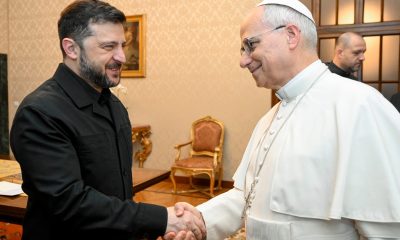
 International16 hours ago
International16 hours agoZelensky meets Pope Leo XIV as review of U.S. peace plan continues


























